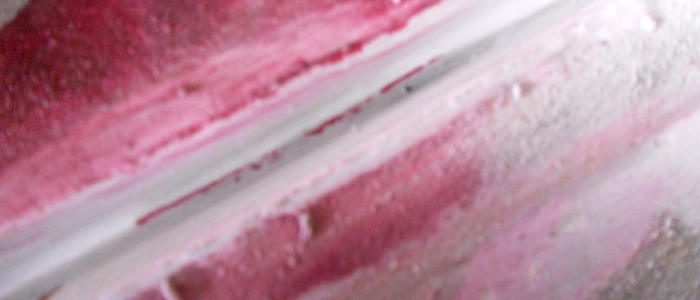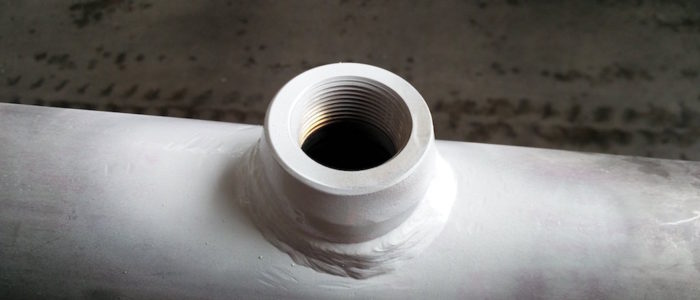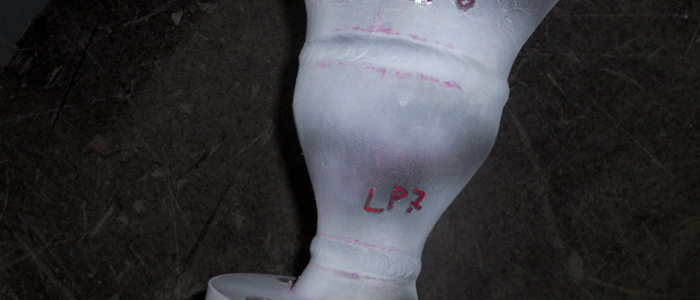Home » Non-Destructive Testing » Penetrant liquid testing (PT)
PENETRANT LIQUID TESTING (PT)
The physical principle on which this techinque is based exploits the ability of some liquids to penetrate by capillarity into slots, cavities or outcropping cracks, even if thin.
The liquid can be applied in several ways: spray, brush and diving. The surfaces to be tested, however, must be perfectly degreased and free from any obstruction.
After penetration, the excess liquid is removed from the surface, usually with water; the washing, however, does not remove the liquid contained in the cracks which can not be reached by normal liquids.
CHECKABLE PRODUCTS
Rolleds, forgeds, drawns, castings, welds. Defects in castings, as cold joints and shrinkage cracks, can be detected with this method.
ADVANTAGES
The advantage of this technique is that it can be used on non-ferromagnetic materials. It’s also very fast and economical.
DISADVANTAGES
It can’t be used in painted or porous materials, in threaded surfaces or ones with a too complex geometry, in cast iron and in sintered steel. Like magnetic particle testing, it’s a technique used only for surface defects.
ALTERNATIVE METHODS
In addition to the traditional method, checks are also performed with fluorescent penetrant liquid using a Wood’s lamp.
MAIN REFERENCE STANDARDS
- EN 970, UNI EN 10228-2
- ASME V Art. 6




